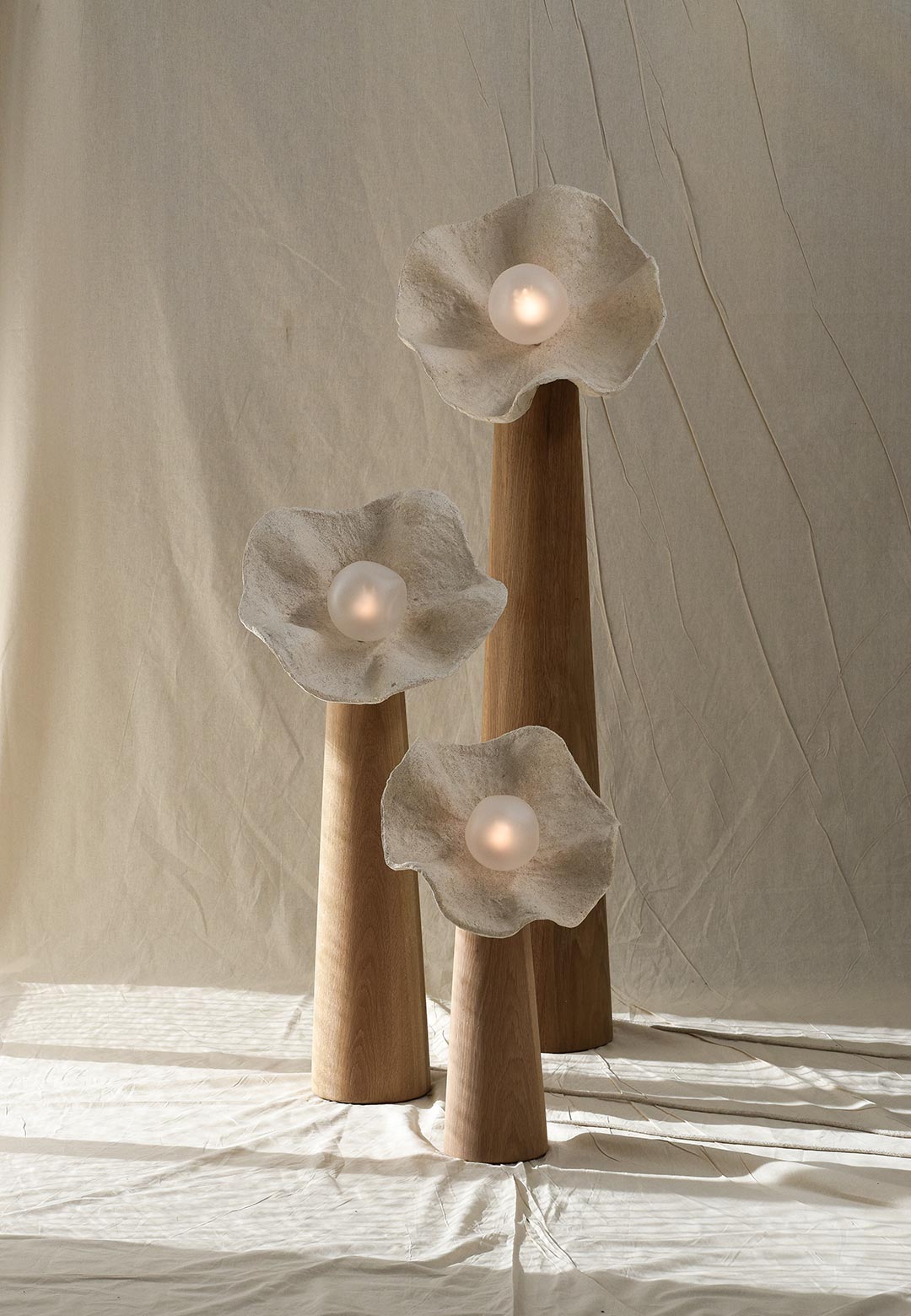One of the foremost exponents of 17th-century rationalism, Dutch philosopher Baruch Spinoza believed desire to be the very essence of man. He was convinced that this fundamental drive is responsible for shaping our existence, motivating our actions, and guiding our lives. Inspired by this philosophical foundation, the thematic exhibition, Desire x Design at the Melbourne-based Useful Objects gallery explores the concept of desire by examining the ‘drive to attain and consume,’ as per its official press release. Hosted as part of the ongoing Melbourne Design Week 2024, the exhibition prompts designers to traverse the idea of desire, a theme central to the event’s call-to-action, ‘Design the world you want.’
Useful Objects gallery, established this year, and curated by Cambridge-born artist and writer, Dr. Simon Maidment, presents collectible designs by prominent Australian designers bringing diverse approaches to form, function, and material innovation. Desire x Design which includes works by Elliot Bastianon, Danielle Brustman and Edward Linacre, Trent Jansen, Jay Jermyn, Marlo Lyda, Joanne Odisho, Marcus Piper, and Dean Toepfer, sets a debate on ‘whether the object of desire is a catalyst or an endpoint.’ While a critique on the overwhelming impact of desire on the design industry is presented in the first half of the exhibition, acknowledging its virtue appears in the second.
Adelaide-based furniture and lighting designer, Dean Toepfer adopts an open-ended approach to craft functional pieces that explore the interplay of colour, form, and material. Featured at the exhibition is the Ombré mirror by him whose self-illuminated frame created from decommissioned parachute material shows his keen aesthetic sensibilities and advanced production skills. Toepfer’s other pieces for Desire x Design include the MOU freestanding floor lamp and Planar granite coffee table.
At the intersection of digital, human, and natural phenomena, Australian artist Jay Jermyn’s sculptural lighting installation evokes one’s subjective experience of the world. Fauna (Blue) lamp design, is an illuminated sculpture incorporating aluminium, frosted glass, stainless steel, crystals, and slate. The combination of contrasting elements, in his vision, represents the human desire to both destroy and preserve what sustains us.
Experimenting with the everyday design forms, Canberra-based furniture designer Elliot Bastianon, presents his studio work as “a triangulation of commercial furniture, research-driven projects, and sculpture.”Bastianon’s Oregon Chair for Desire x Design is crafted in reclaimed timber and patinated cylindrical copper pipe. The artist also experimented with electroplating copper in his X bench to attain an iridescent blue colour and the geologically-inspired detailing on one tip of the bench. Evidently, his unique forms of furniture design explore a diverse range of materials and processes that challenge traditional typologies.
Melbourne-based artist Danielle Brustman and industrial designer Edward Linacre collaborated to create an illuminated sculpture titled Meteorite which is ‘inspired by the trajectory of a meteorite’s fall from outer space,’ as per Useful Objects. The modular lighting design sculpture embodies Brustman’s bold and joyful use of colour, and Linacre’s innovative use of materials such as powder coated aluminium, steel, and acrylic. The stacked cones of the installation, resembling a meteorite passing through Earth’s atmosphere, adds vibrancy to the showcase through its shifting colours and mammoth scale.
Maidment believes that, “having identified a gap in the market, Useful Objects establishes a unique designer-gallery partnership that encourages a deeper commitment and benefits for designers and industry.” With an intent to produce evocative objects that challenge norms, Useful Objects Gallery is showcasing Desire x Design until 15 June 2024 in the busy inner city Melbourne suburb of Collingwood. The collaborative exhibition seemingly offers a contemporary reflection on Spinoza's insights through the interplay between desire and design.
(Text by Simran Gandhi, intern at STIR)






 Sign in with email
Sign in with email










What do you think?